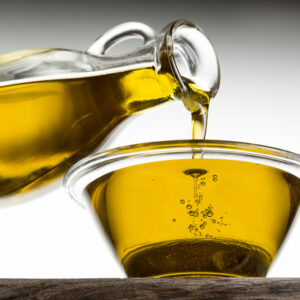The difference between cash and stock dividends
Dividends are when a company distributes a portion of its profit to its shareholders. There are two types of dividends “ cash and stock. The difference between the two types of paybacks are worth noting:
Cash dividend
A cash dividend is a form of cash, check, or electronic payment made by the company out of its profits to its shareholders. Thus, the company pays a part of their income to their investors for the economic value of shares without investing the whole money for its own operations.

Stock dividend
Unlike cash dividend, stock dividends on the other hand are the payment made in the form extra shares rather than cash payouts. It is also known as scrip dividend. When a company is in shortage of liquid cash, it would choose another profitable alternative to distribute dividends to its shareholders and those are called the stock dividends. For example, if a company issues a 4% of stock dividend, it would increase the number of shares by 4%. This is similar to cash dividend in the way that it does not increase the value of the company. If the company pays $10 per share, the company’s value will be $10 million, and that is true even the share is amongst the 7 best dividend stocks in the market. The value remains the same even after stock dividend, decreasing the share price to $9.52 to reshape for the dividend payouts.
Which dividend is better?
Be it a cash or additional shares, it does not affect the company’s profitability. If the company has a turnover of $1 million in earnings by spending 10% of it as dividend, the company is still left with $900,000 of retained earrings after payouts. If the company spends $100,000 in cash or $100,00 worth of extra shares, it is all going to be the same to its current shareholders.
However, it is, in a way, effective if the company declares stock dividend instead of cash dividend because the transfer causes the company’s share price to fall. If a cash dividend equals 5% of the company’s stock price, the investors will experience a 5% low in value of shares. Cash dividends provide income but the shareholders will have to pay tax. It would increase the number of stocks outstanding, shift held-up earnings to paid-in-capital and also reduce the amount payable to its stockholders Like cash dividend, stock dividend does not increase the value of the company. However, a shareholder can keep their share and grow by investing their shares or by selling it for cash dividend.





